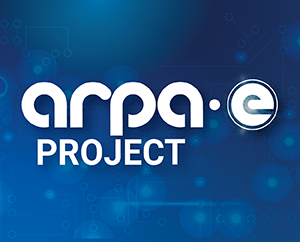High-Capacity Carbon Wires

Technology Description:
The University of Maryland (UMD) will develop a new method called "Melt Epitaxy of Carbon" for the production of lightweight, high-capacity carbon wires from carbon nanotubes. Metallic carbon nanotubes are lightweight, high-capacity conductors that exceed the current carrying capacity of metals like copper. The current density of carbon nanotubes is nearly 1,000 times greater than at the electromigration limit of copper. On a weight basis, carbon nanotubes have an additional 6-fold advantage over copper because of their reduced density. Carbon nanotubes can reduce the weight of wires as much as 90% in weight-critical applications such as aircraft. Epitaxy refers to the deposition of a crystalline overlayer on a crystalline substrate, and it is widely used to create materials for semiconductor fabrication. In this process, the team will use a similar method to produce the carbon conductors. Although carbon nanotubes can also be synthesized using chemical vapor deposition, this new method is predicted to deliver improved yield and greater control over the structure and electrical properties of the nanotubes. This method is also more scalable than other methods of nanotube creation and at reduced costs.
Contact
ARPA-E Program Director:
Dr. Jason Rugolo
Project Contact:
Dr. YuHuang Wang
Press and General Inquiries Email:
ARPA-E-Comms@hq.doe.gov
Project Contact Email:
yhw@umd.edu
Related Projects
Release Date:
